Forget stickers on your laptop, Asus put a customisable e-ink display on the lid instead
This concept from Asus sadly has no release date, though I've seen it working in real-time.
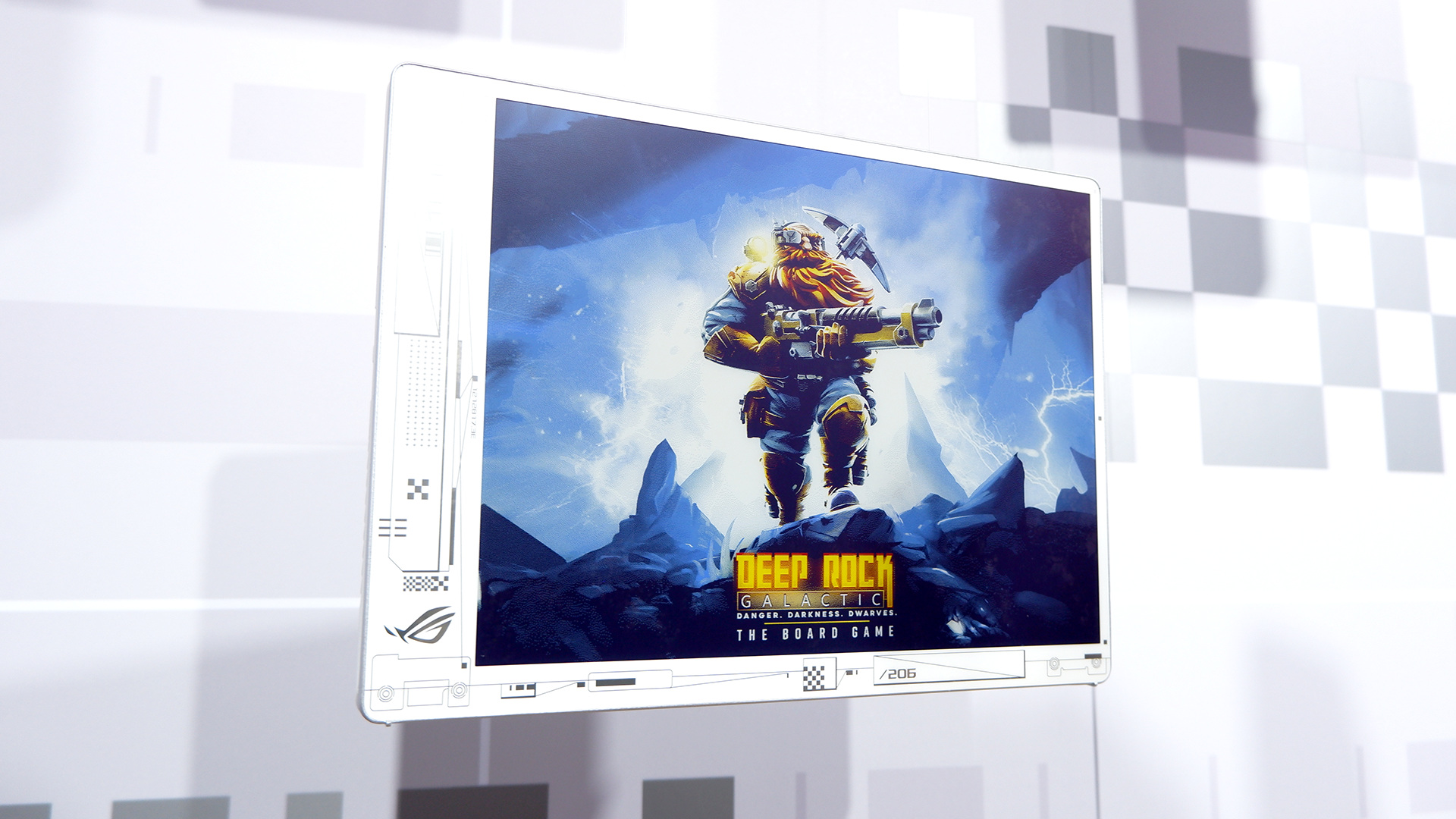
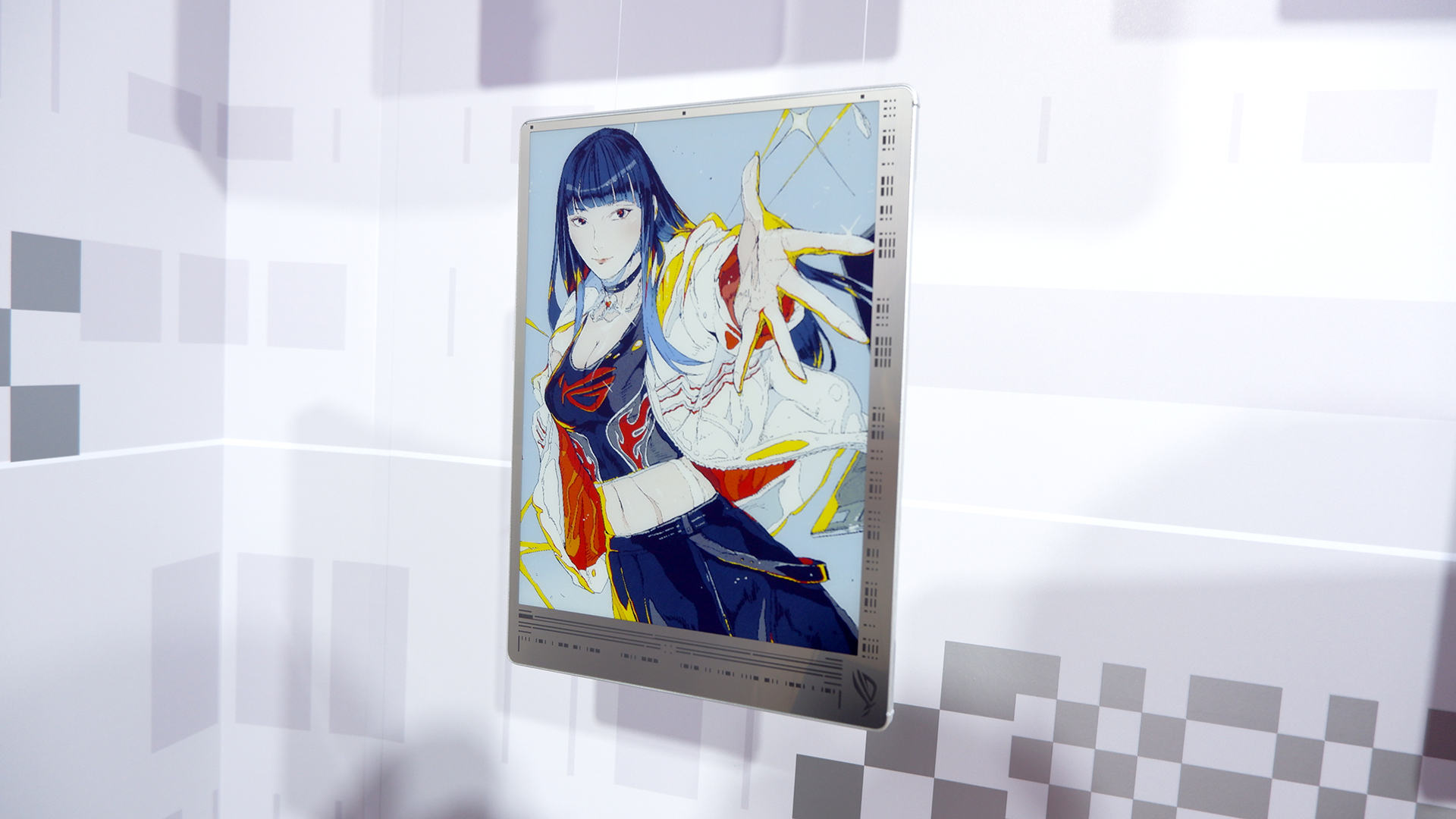
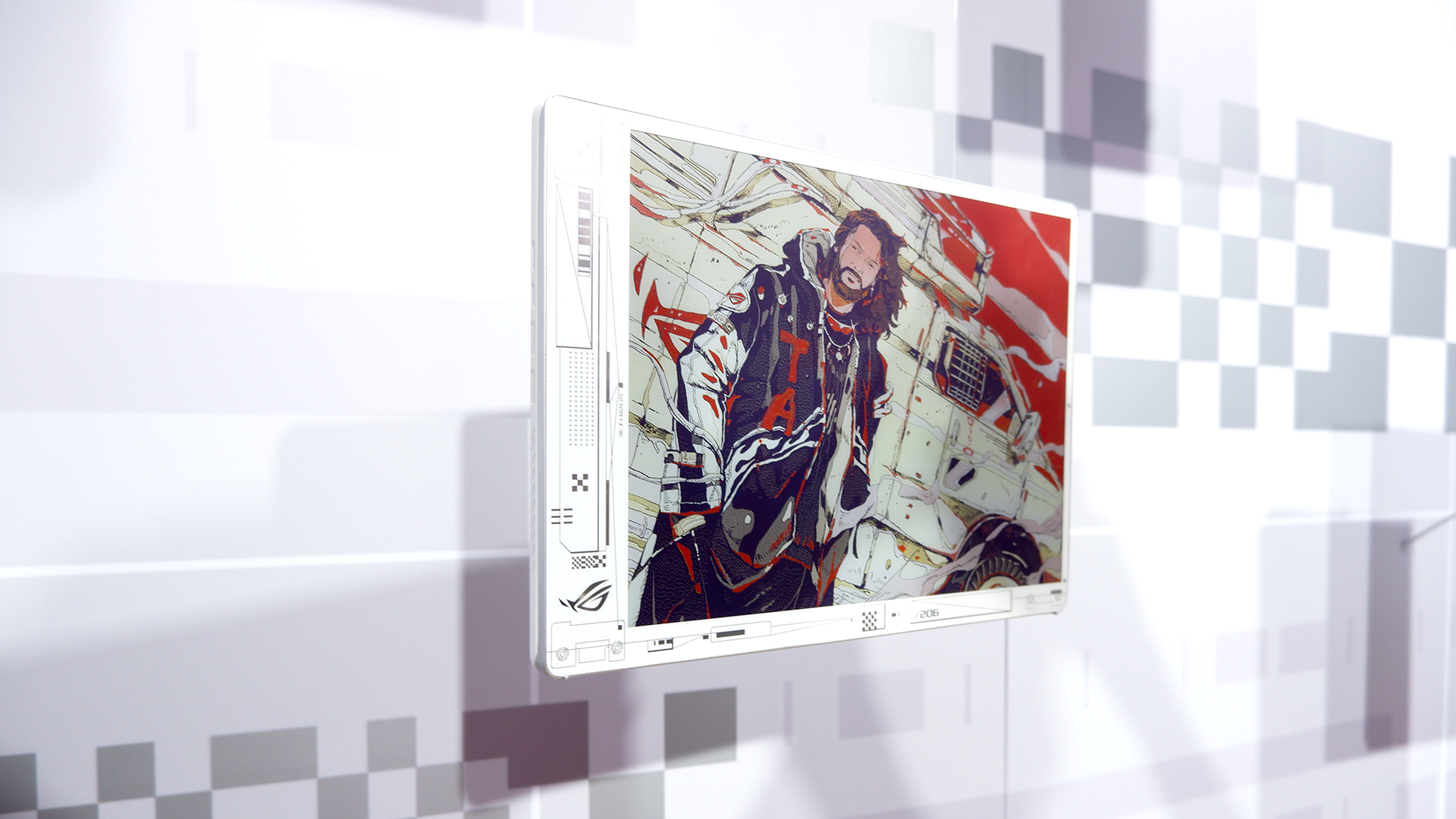
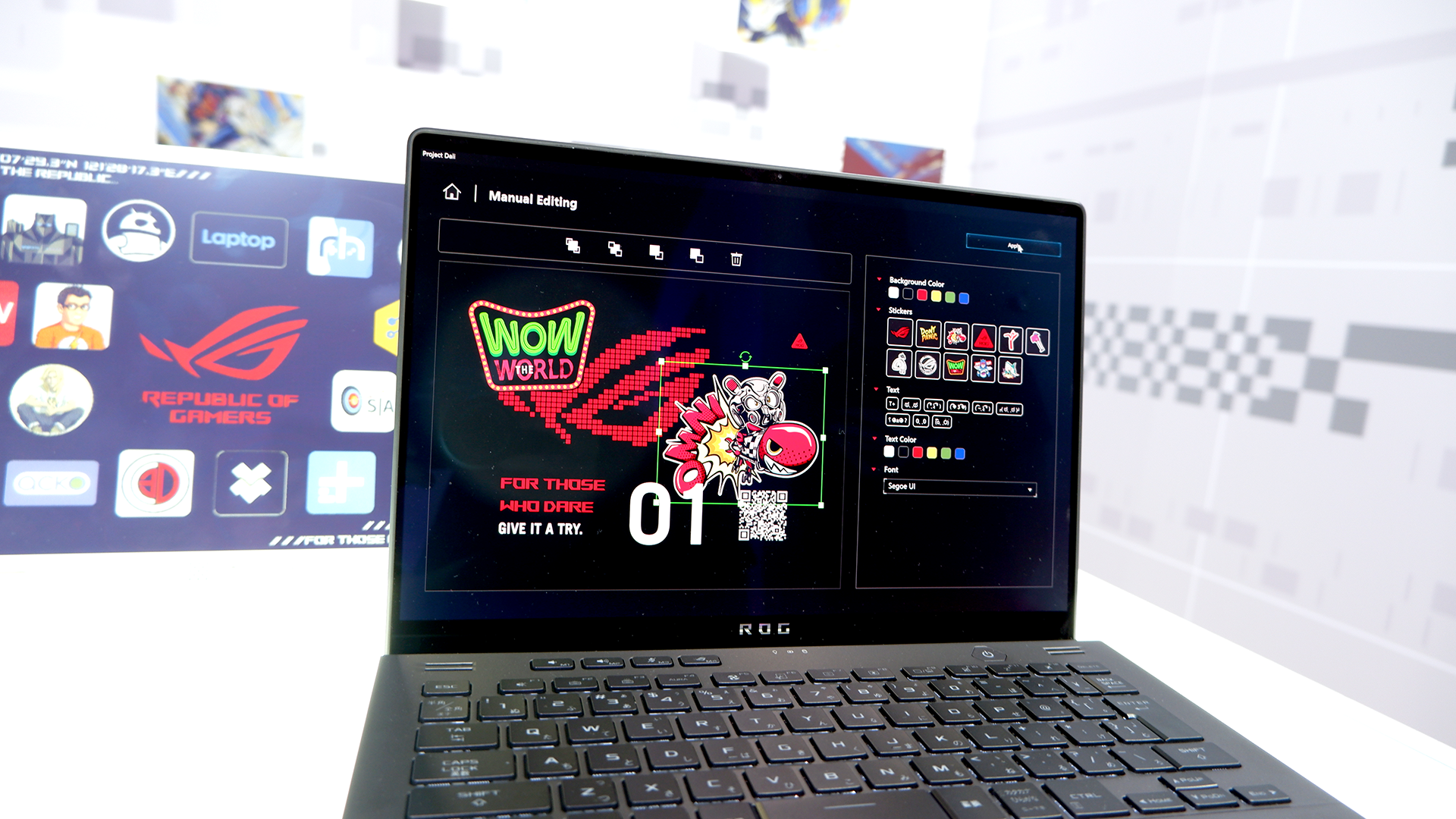
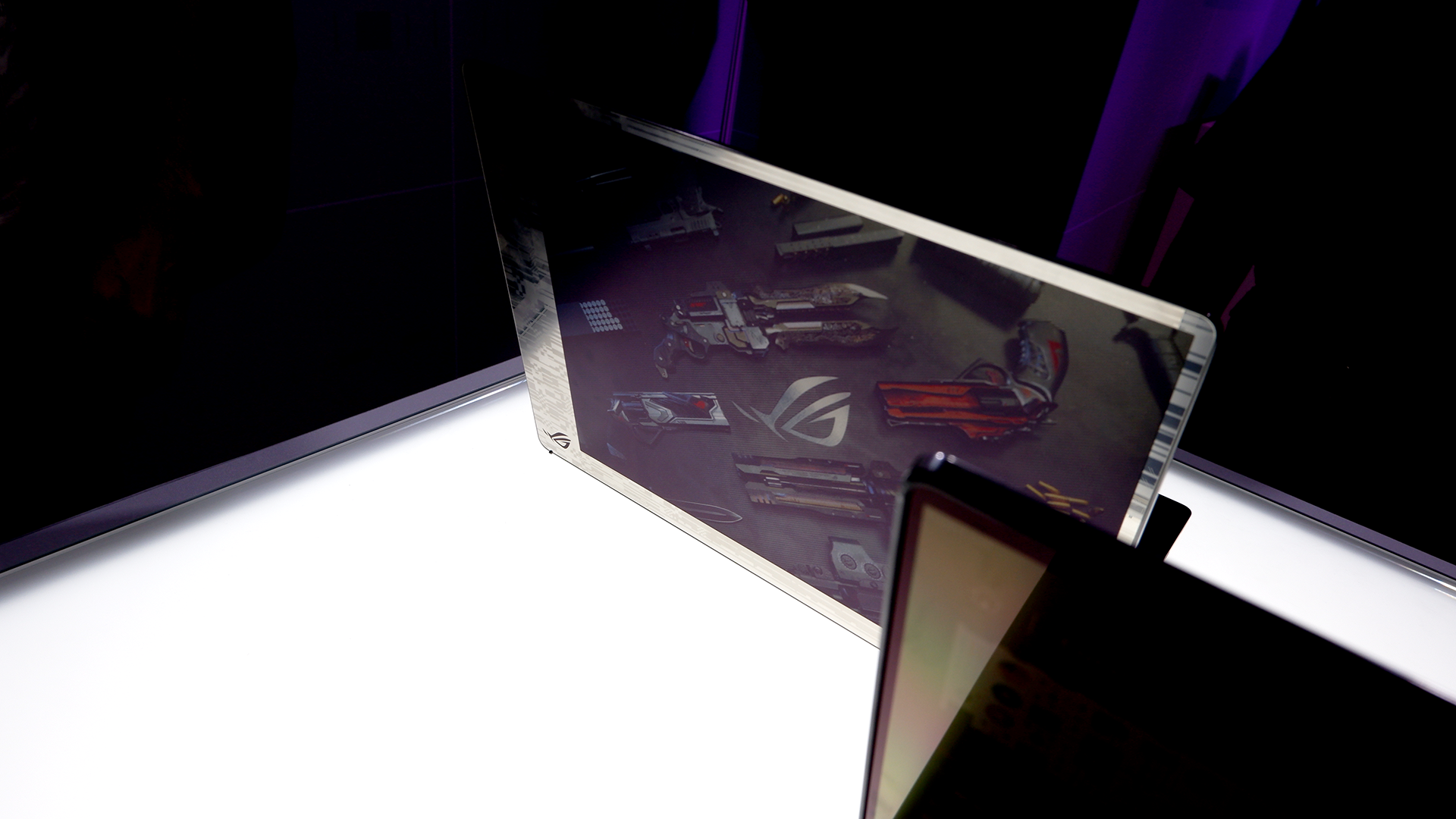
For all the talk of artificial intelligence over at Computex 2024, I find myself more drawn to a new laptop lid on display over at Asus HQ. It's a simple concept done well: a colour e-ink screen integrated into the rear of a laptop lid.
I saw the e-ink lid in action. Not only on the back of a laptop proper, but as a wall of lids with images flickering across them. They don't always flicker—once an image is selected, the panel flickers into life, the pixel values update gradually, and it freezes in place once the image is fully displayed. The whole process takes around 10 seconds, and the newly picked image is now stuck on the laptop's exterior.
The e-ink image at the end is impressively vibrant, too.
An Asus employee says the system doesn't draw any significant power whatsoever once an image is set. That checks out with most e-ink tech—it's also how Kindles last an age before the battery dies.
The image is adjusted via an application, and a decent-looking one at that. It appears almost ready to ship. Yet I'm told there's no real information on when such a panel could launch. If it ever does.
I've no idea of the practical repercussions of this sorta panel. It might make for a flimsy lid, or a very breakable one. I've an old-school Kindle that's still going strong, and whenever that's taken a bump on the e-ink screen it's killed a pixel or three forever. I imagine the same could happen here—a laptop lid is more likely to get into a few scrapes, too.
And yet I still really wanna see this panel make the leap from concept to real-world, if only one time. It has a lot of potential, provided it's done right.
The biggest gaming news, reviews and hardware deals
Keep up to date with the most important stories and the best deals, as picked by the PC Gamer team.
Catch up with Computex 2024: We're on the ground at Taiwan's biggest tech show to see what Nvidia, AMD, Intel, Asus, Gigabyte, MSI and more have to show.

Jacob earned his first byline writing for his own tech blog. From there, he graduated to professionally breaking things as hardware writer at PCGamesN, and would go on to run the team as hardware editor. He joined PC Gamer's top staff as senior hardware editor before becoming managing editor of the hardware team, and you'll now find him reporting on the latest developments in the technology and gaming industries and testing the newest PC components.


